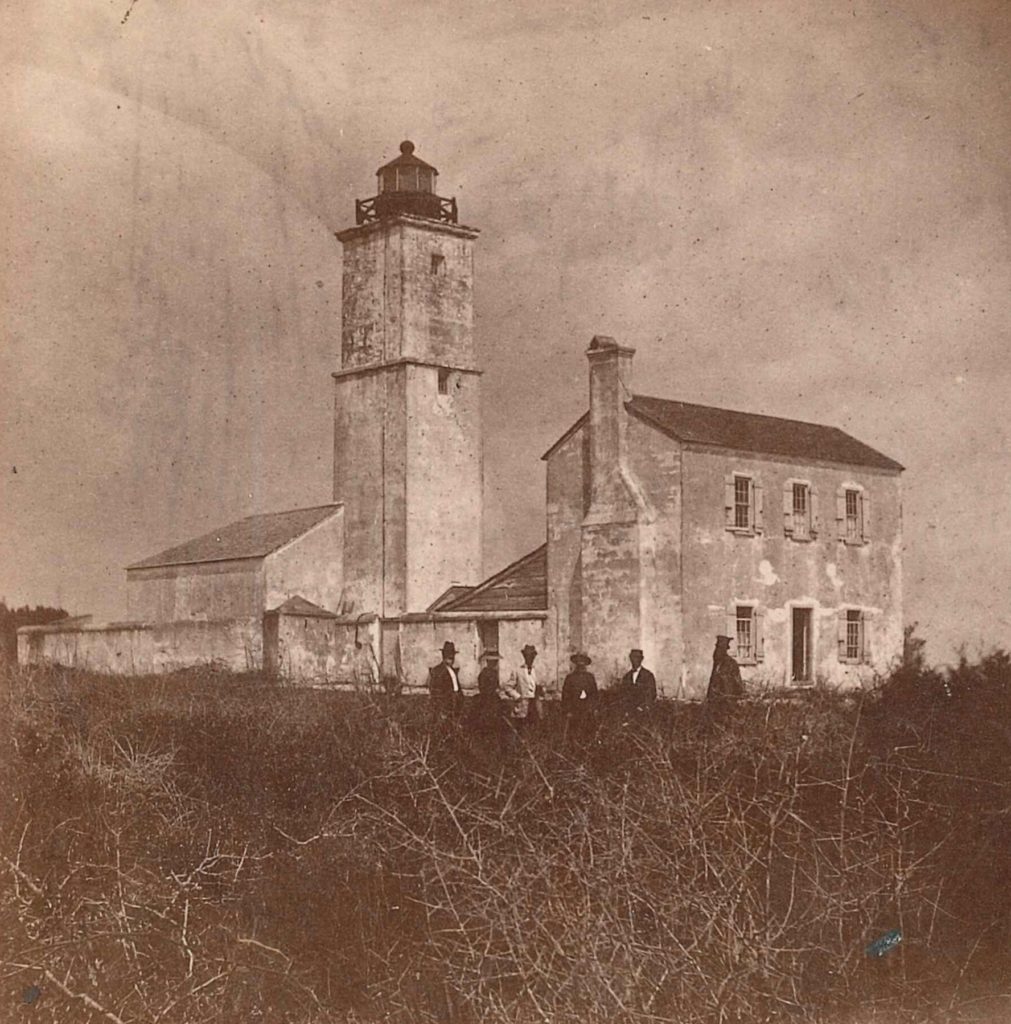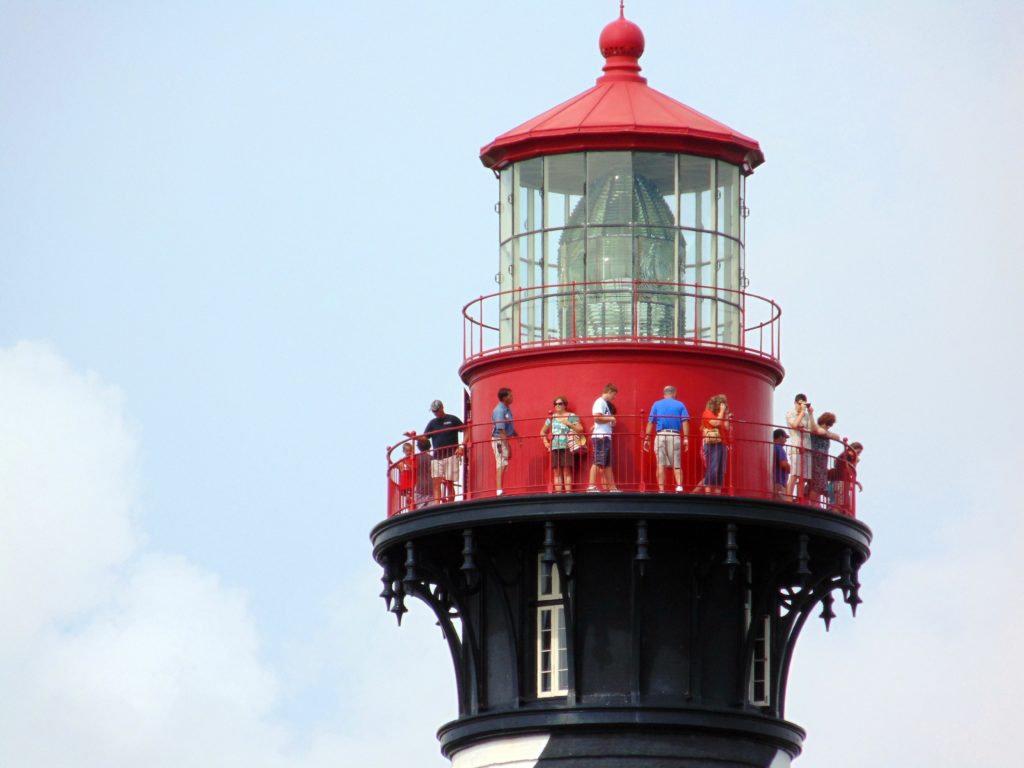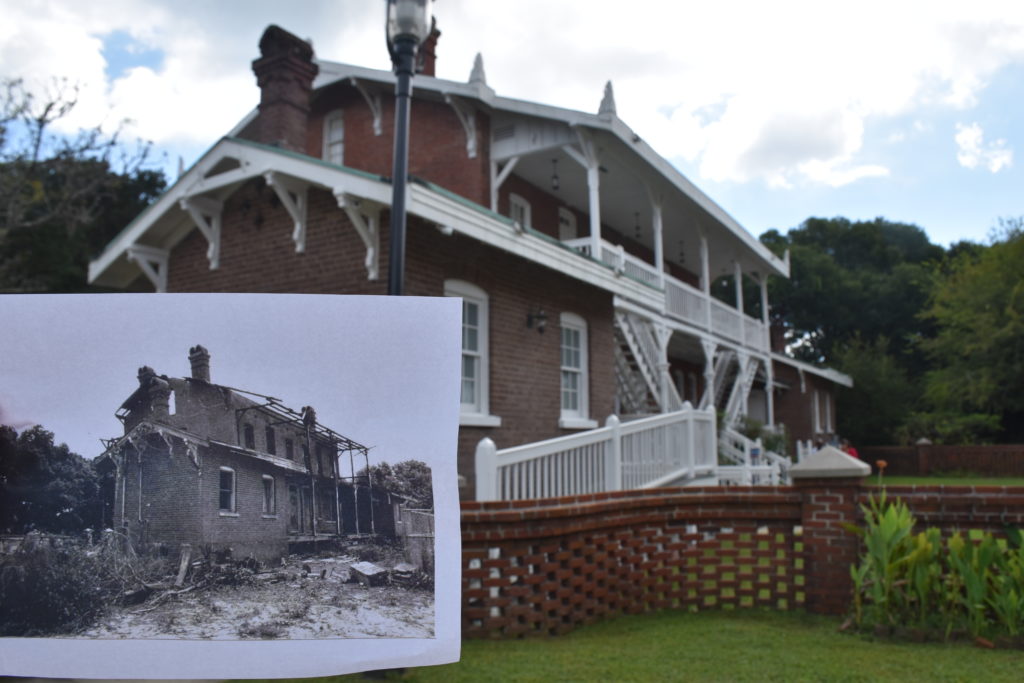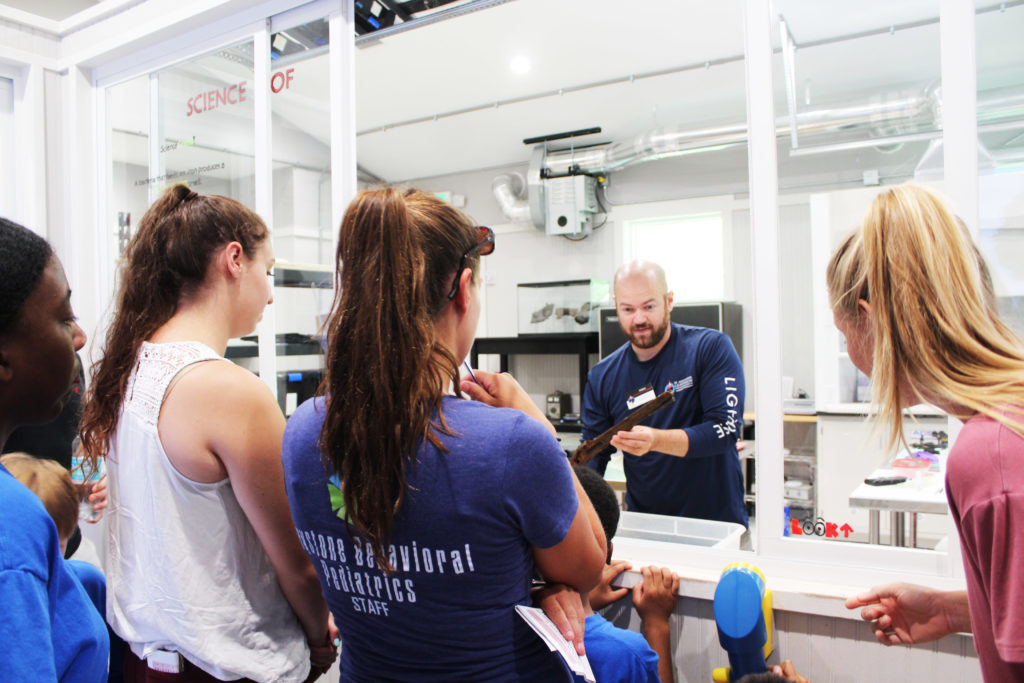Alexander Hamilton was first Supervisor of all U.S. lighthouses
Long before the days of GPS, lighthouses played an integral role in keeping sailors safe on the water. There was no Siri to tell them where to go, so they simply had to fully rely on their wits … and lighthouses.

On August 7, 1789, the U.S. Congress recognized the importance of Lighthouses and passed the Act for the Establishment and Support of Lighthouses, Beacons, Buoys, and Public Piers. This act officially put lighthouses under federal control, attempting to make navigation for sailors more efficient and safer.
The act specified that it was “the duty of the Secretary of the Treasury” to oversee that the act’s provisions be carried out. This included maintenance of all lighthouses and aids to navigation, as well as overseeing construction of the mandated lighthouse in the Chesapeake Bay.

Alexander Hamilton became the nation’s first Secretary of the Treasury on September 11, 1789, a little over a month after the Lighthouse Act was passed. Thus, Secretary Hamilton oversaw the transition of responsibility for all existing lighthouses (and other aids to navigation) from the various states and municipalities to the federal government.
Two hundred years later, The United States Lighthouse Society petitioned for August 7, 1989, to be deemed National Lighthouse Day, in honor of the day that Congress signed the Act. This petition only deemed National Lighthouse Day to be a holiday for that specific year.
Then, on August 7, 2013, the Senate passed a resolution stating that every August 7th be declared National Lighthouse Day. Although not officially law, the recognition of August 7th as National Lighthouse and Lighthouse Preservation Day continues with the government and its agencies, including the National Park Service, which maintains a number of historic lighthouses across the country.

“Thanks to the Junior Service League of St. Augustine, the St. Augustine Light Station was saved and a maritime museum was created,” said Kathy Fleming, Executive Director of the St. Augustine Lighthouse & Maritime Museum.
“We are nonprofit, mission-centered, and community connected. Our donors and members continue to help us save maritime history and keep the light shining.”
The St. Augustine Lighthouse & Maritime Museum will celebrate National Lighthouse Day on August 7. Learn the history of Florida’s first lighthouse in exhibits at the nonprofit Museum and participate in the Nation’s Oldest Port Demos, interactive demonstrations offered daily every 30 minutes from 11 a.m. to 3:30 p.m. Museum hours are 9 a.m. to 7 p.m. seven days each week, with hours changing to 9 a.m. to 6 p.m. after Labor Day.

The 145th anniversary of the historic St. Augustine Lighthouse will be celebrated on October 15, 2019. This second tower was built from 1871-1874, and the first order Fresnel lens was lit on October 15, 1874. Prior to this tower, the Spanish Watchtower was named Florida’s first lighthouse in 1824 by the U.S. government. A wooden watchtower was first built at the site in the 1560s, followed by the Spanish Watchtower, which stood at 70 feet high and was made of coquina, like the Castillo de San Marcos. That coquina came from the quarry on Anastasia Island.
Visit staugustinelighthouse.org for more details.
ABOUT THE ST. AUGUSTINE LIGHTHOUSE & MARITIME MUSEUM:
A pivotal navigation tool and unique landmark of St. Augustine for over 140 years, the St. Augustine Light Station is host to centuries of history in the Nation’s Oldest Port®. Through interactive exhibits, guided tours and maritime research, the 501(c)(3) nonprofit St. Augustine Lighthouse & Maritime Museum is on a mission to discover, preserve, present and keep alive the stories of the Nation’s Oldest Port® as symbolized by our working lighthouse. We are the parent organization to the Lighthouse Archaeological Maritime Program (LAMP) and an affiliate of the Smithsonian Institution. (StAugustineLighthouse.org)
About the American Alliance of Museums:
The St. Augustine Lighthouse & Maritime Museum is accredited by the American Alliance of Museums (AAM), the highest national recognition afforded the nation’s museums. The American Alliance of Museums has been bringing museums together since 1906, helping to develop standards and best practices, gathering and sharing knowledge, and providing advocacy on issues of concern to the entire museum community. As the ultimate mark of distinction in the museum field, accreditation signifies excellence and credibility. Accreditation helps to ensure the integrity and accessibility of museum collections, and reinforces the education and public service roles of museums and promote good governance practices and ethical behavior. Representing more than 35,000 individual museum professionals and volunteers, institutions, and corporate partners serving the museum field, the Alliance stands for the broad scope of the museum community. (www.aam-us.org)

